- About us
- Support the Gallery
- Venue hire
- Publications
- Research library
- Organisation chart
- Employment
- Contact us
- Make a booking
- Onsite programs
- Online programs
- School visit information
- Learning resources
- Little Darlings
- Professional learning
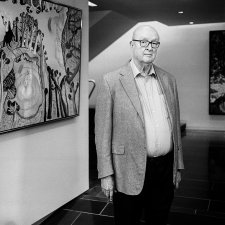
Unique in the world, perhaps, is a bronze sculpture that fuses the age-old human portrait bronze tradition, and the later genre of the bronze pug figurine: that’d be William Robinson’s Self-portrait with pug.
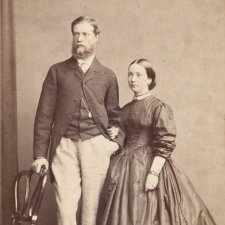
Family fortunes
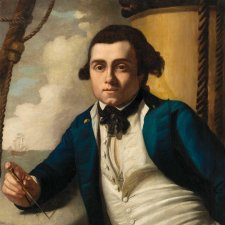
Hi-resolution images for media representatives, password required.

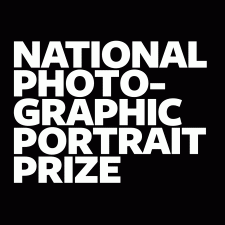
The National Photographic Portrait Prize (NPPP) exhibition is selected from a national field of entries, reflecting the distinctive vision of Australia's aspiring and professional portrait photographers and the unique nature of their subjects.
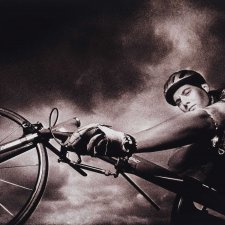
Australians love their sport. We find many of our heroes and shared values on the sporting field – notions of being a good sport, having dignity in defeat, being socially inclusive and playing fair. For anyone with an interest in sport.
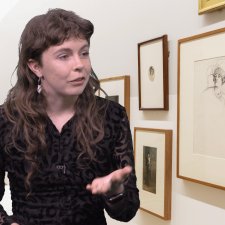
The two portraits that I've chosen to compare and contrast and to bring together a self portrait by John Brack in 1955, and William Yang, Self Portrait #2.

The National Portrait Gallery will, next Tuesday, unveil an exciting new acquisition of irrefutable importance to all Australians. Portrait of William Bligh, in master’s uniform c. 1776, attributed to John Webber, is one of the earliest portraits of the contentious, historical figure, and extends the Gallery’s remarkable collection of early colonial portraits.
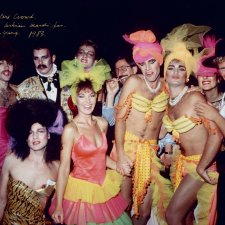
Pride, protest, panache

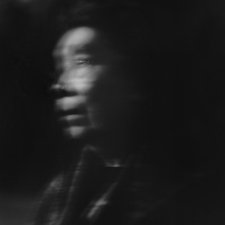
The NPPP is an annual prize for Australian photographers. The year’s most outstanding photographic portrait is awarded a $30,000 cash prize and photographic equipment valued at $20,000 courtesy of our Imaging Partner, Canon Australia.
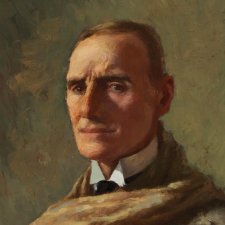
Bunny’s side-honey

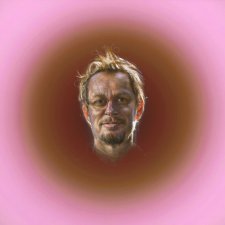
Commissioned with funds provided by Peter Weiss AO 2018
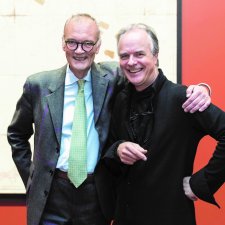
National Portrait Gallery Director Angus Trumble is ending his five-year tenure with a flourish, after announcing that Gallery publication Dempsey’s People: A Folio of British Street Portraits 1824-1844 has been awarded the 2018 William MB Berger Prize for British Art History.

Commissioned with funds from the Patrick Corrigan Portrait Commission Series 2018